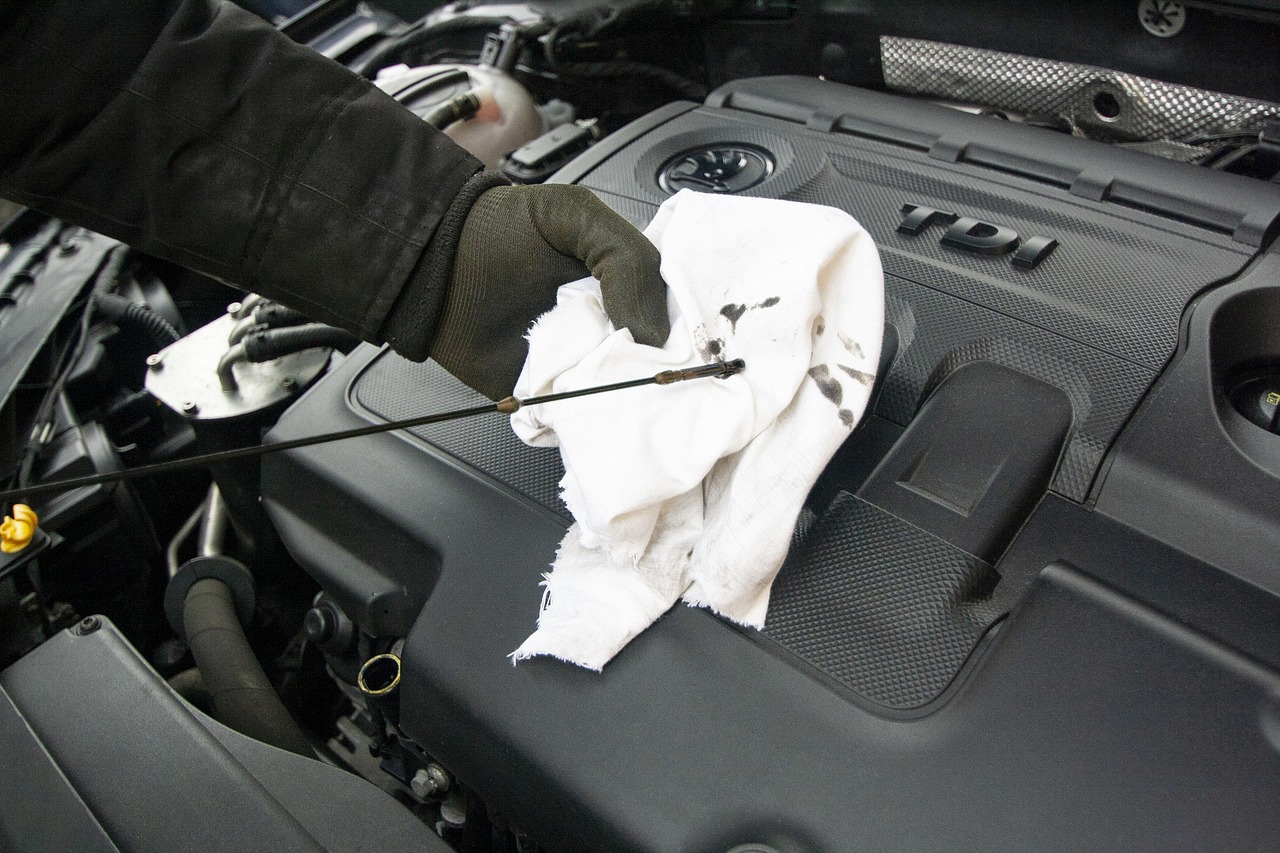When it comes to vehicle maintenance, terms like wheel alignment and wheel balancing are often used interchangeably, but they actually refer to different services. Understanding the distinction is important for ensuring your car or bike runs smoothly and safely.
Today, let’s break down wheel balancing in simple terms, just like a mechanic would explain it.
What Is Wheel Balancing?
Wheel balancing is the process of making sure the weight of your tire and wheel assembly is evenly distributed. When a wheel is mounted on a balancing machine, it spins to detect any uneven weight distribution around the tire.
If one part of the tire is heavier than the others, this imbalance can cause vibrations while driving—especially at higher speeds. These vibrations might be felt in the steering wheel or throughout the vehicle.
The purpose of wheel balancing is to correct these imbalances by adding small weights to the wheel rim so the tire rotates smoothly, providing a comfortable driving experience and preventing uneven tire wear.
Why Is Wheel Balancing Important?
- Smooth Driving Experience: Balanced tires reduce vibrations felt in the steering wheel or vehicle floor, improving overall comfort.
- Extended Tire Life: When tires rotate evenly, they wear uniformly, helping them last longer.
- Improved Fuel Efficiency: Reduced vibration means the engine doesn’t have to work as hard, leading to better fuel economy.
- Protects Suspension Components: Properly balanced wheels put less strain on your suspension system, preventing premature wear of its parts.
When Should You Get Your Wheels Balanced?
You should consider wheel balancing if you experience any of the following:
- Noticeable vibrations in the steering wheel or vehicle floor.
- Uneven tire wear patterns.
- Instability or wobbling at high speeds.
- After installing new tires or repairing a puncture.
How Is Wheel Balancing Performed?
The wheel balancing procedure typically involves:
- Mounting the tire and wheel assembly onto a balancing machine.
- Spinning the wheel to detect heavy and light spots.
- Attaching small balancing weights to the rim to even out the weight distribution.
- Re-spinning the wheel to ensure the vibrations have been eliminated.
This process usually takes about 10 to 15 minutes per wheel.
Wheel Balancing vs. Wheel Alignment — What’s the Difference?
- Wheel Balancing: Focuses on equalizing the weight around the tire and wheel to prevent vibrations.
- Wheel Alignment: Adjusts the angles of the wheels relative to the suspension to ensure the vehicle drives straight and handles properly.
Both are important for vehicle performance and are often done together during routine maintenance.
How Often Should You Get Wheel Balancing Done?
- Every 5,000 to 7,000 kilometers.
- After tire repairs or rotations.
- Whenever you experience unusual vibrations while driving.
Key Points
While wheel balancing might seem like a minor task, neglecting it can lead to faster tire wear, increased fuel consumption, and reduced driving comfort and safety. Make it a habit to get your wheels balanced regularly during servicing — it’s a quick and affordable way to keep your vehicle running smoothly.
If your steering wheel shakes or your tires wear unevenly, it’s a clear sign that wheel balancing is due.


